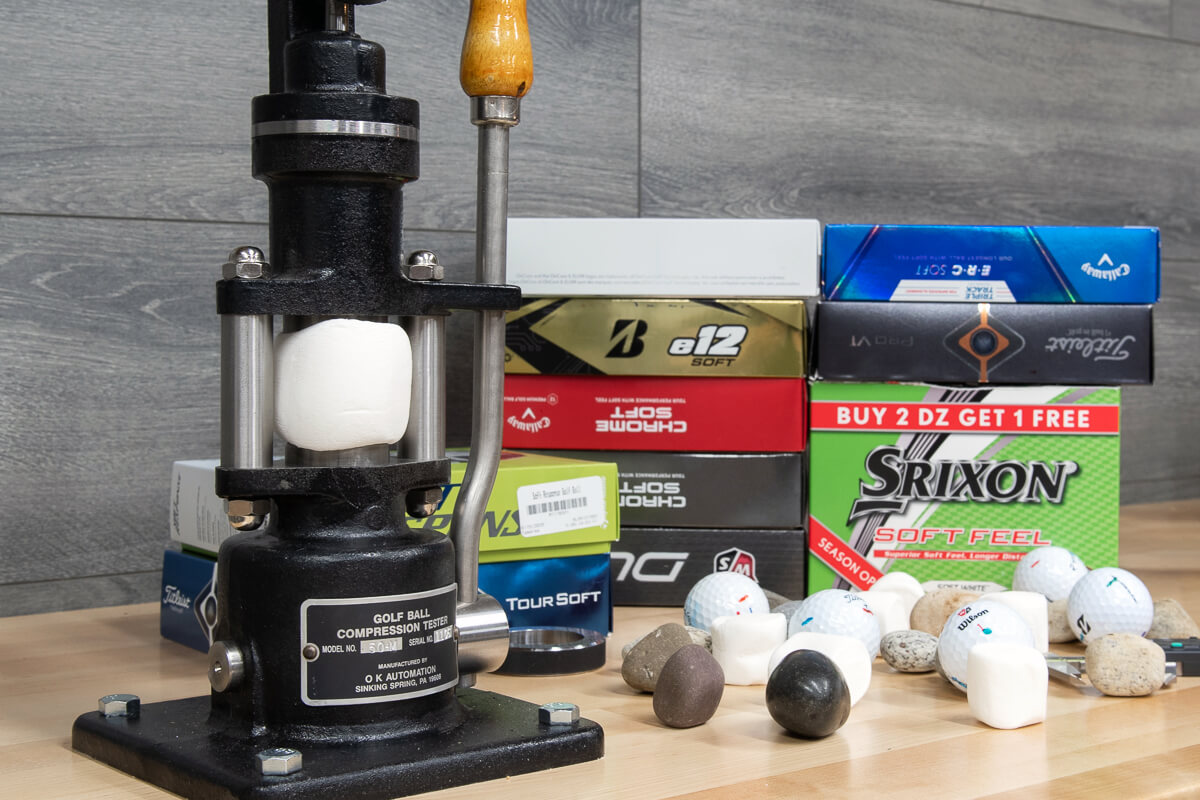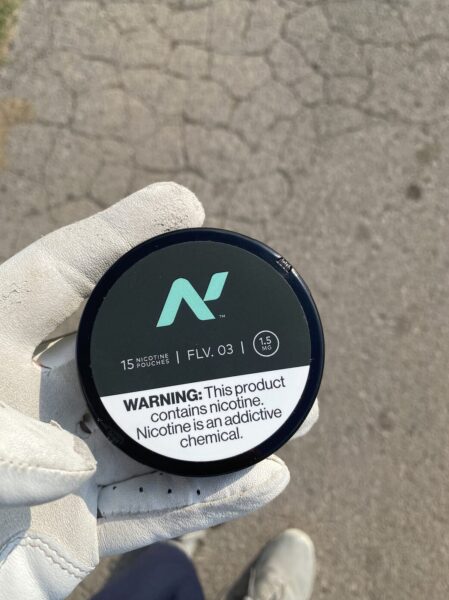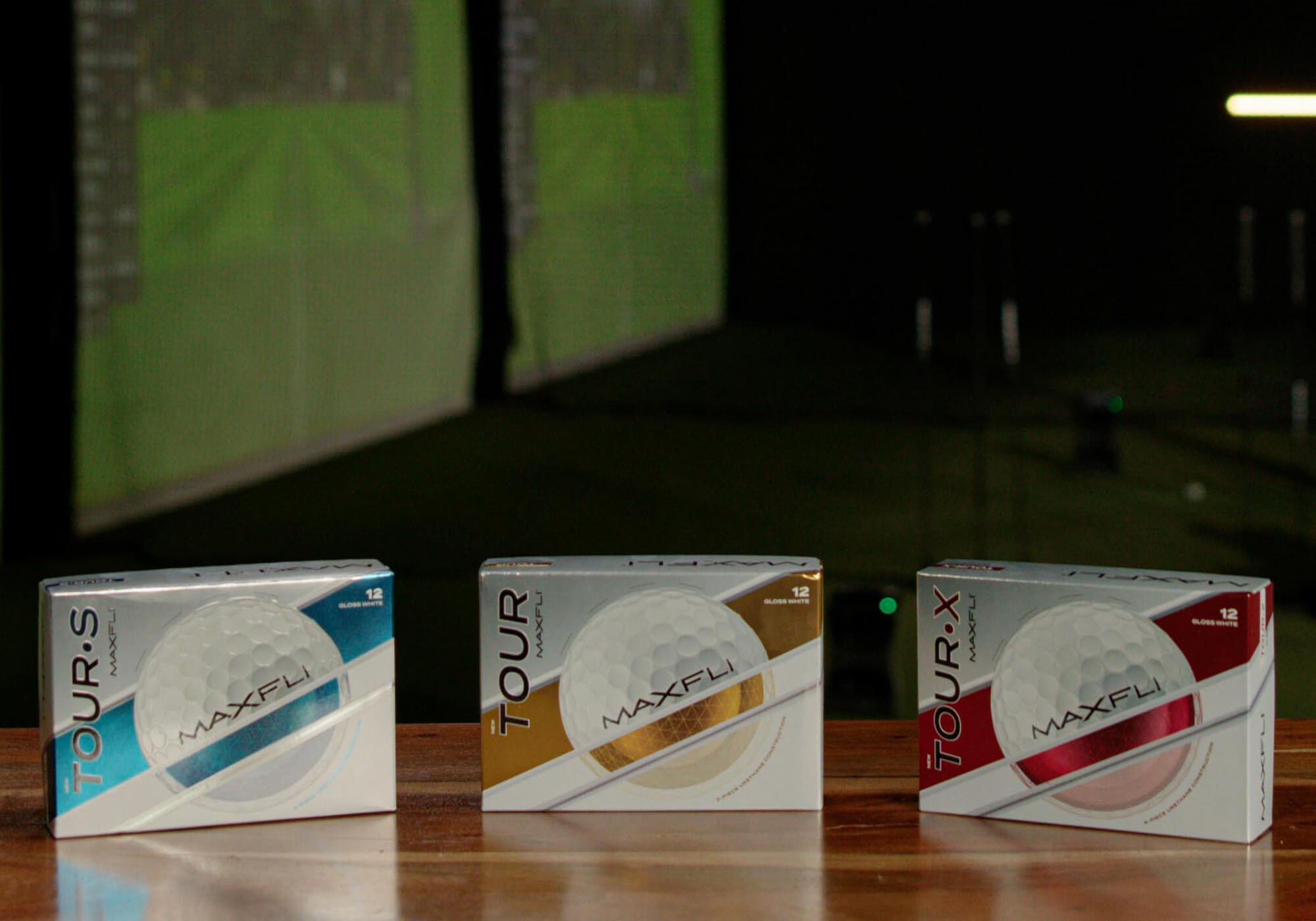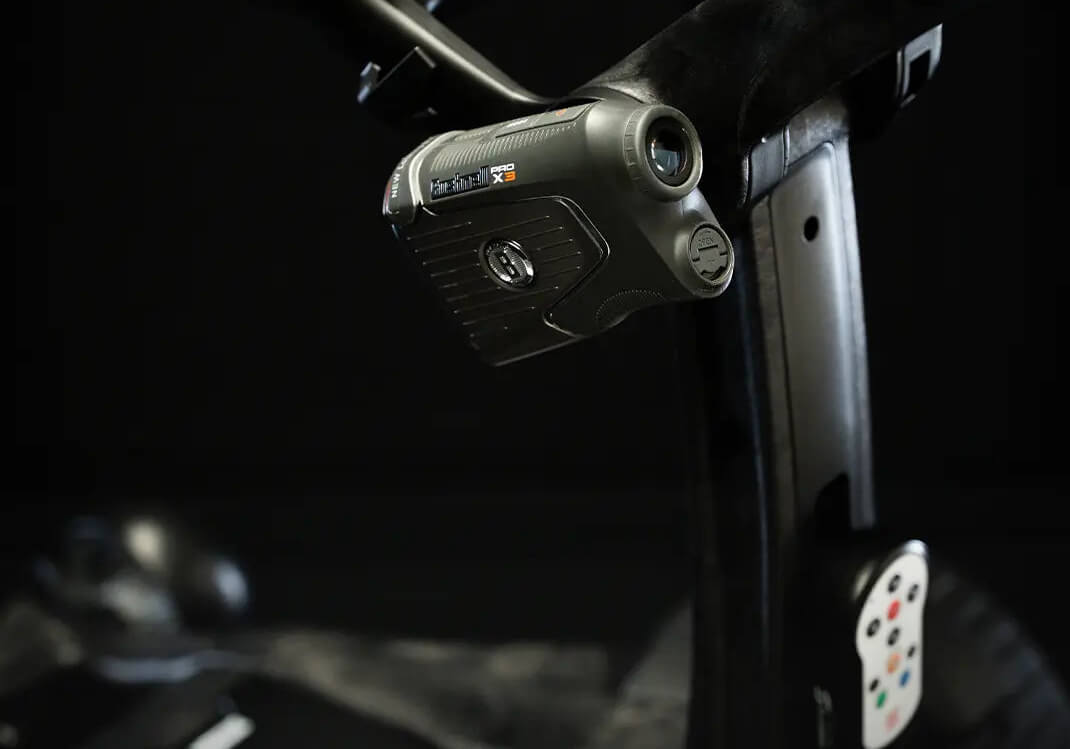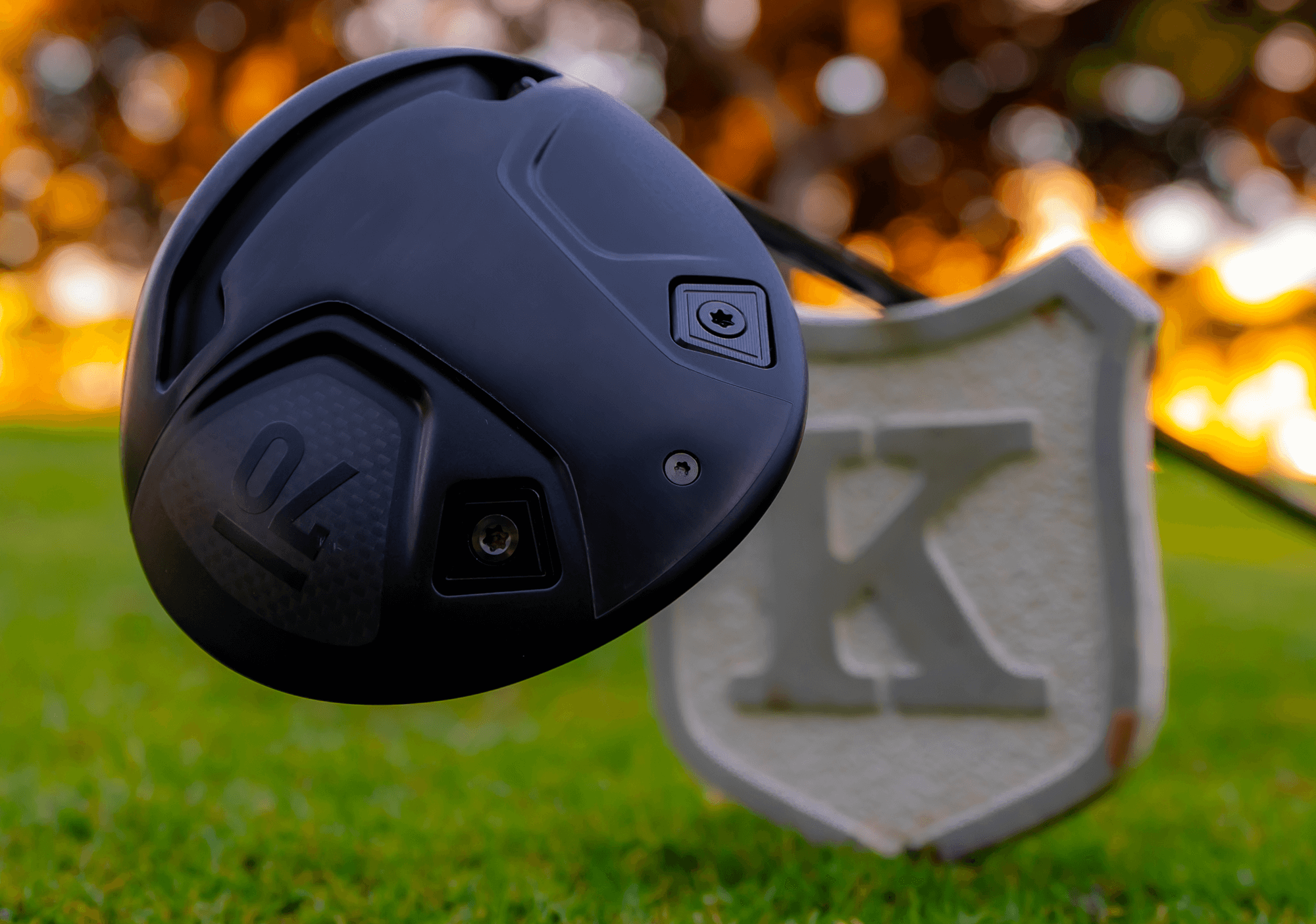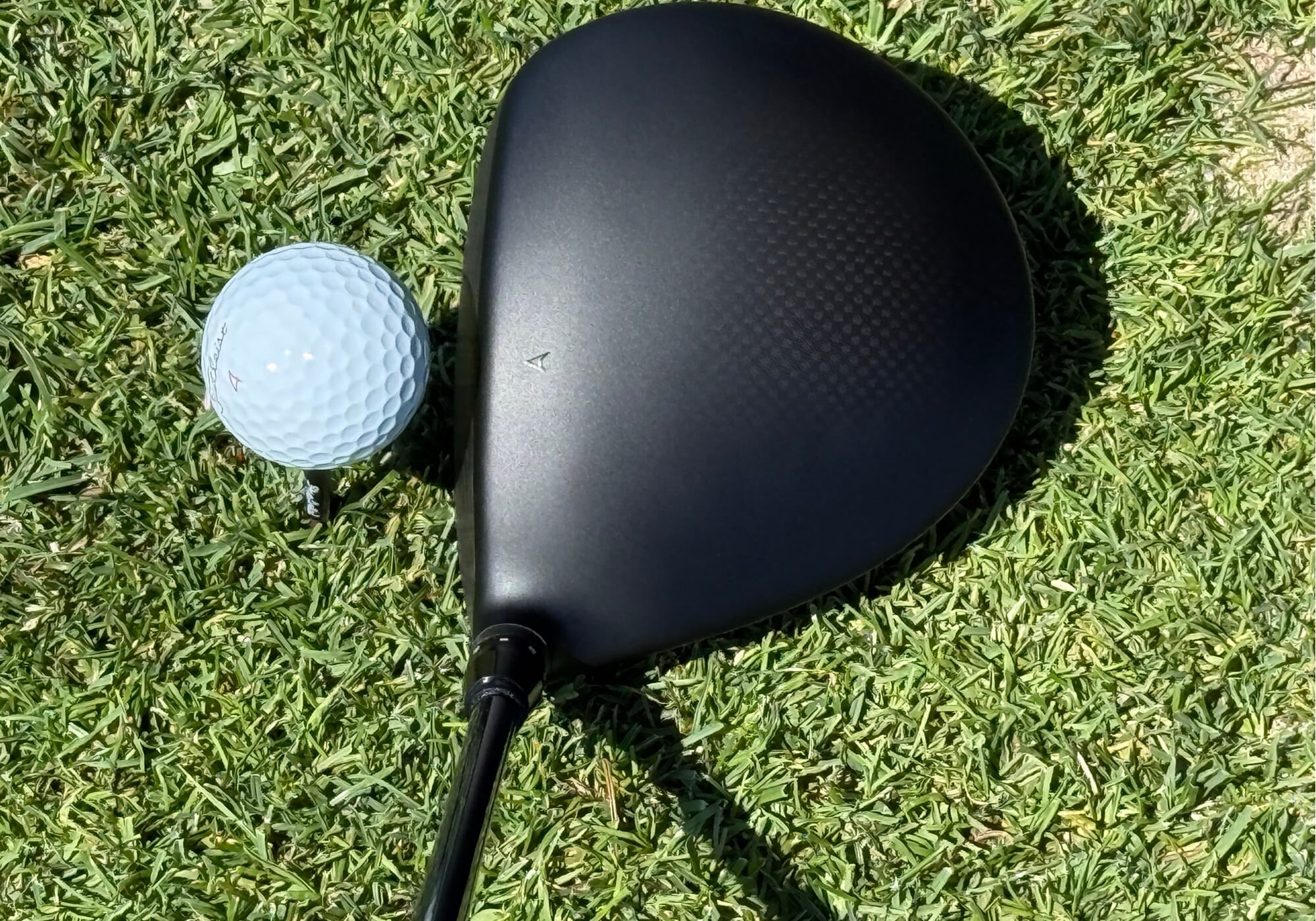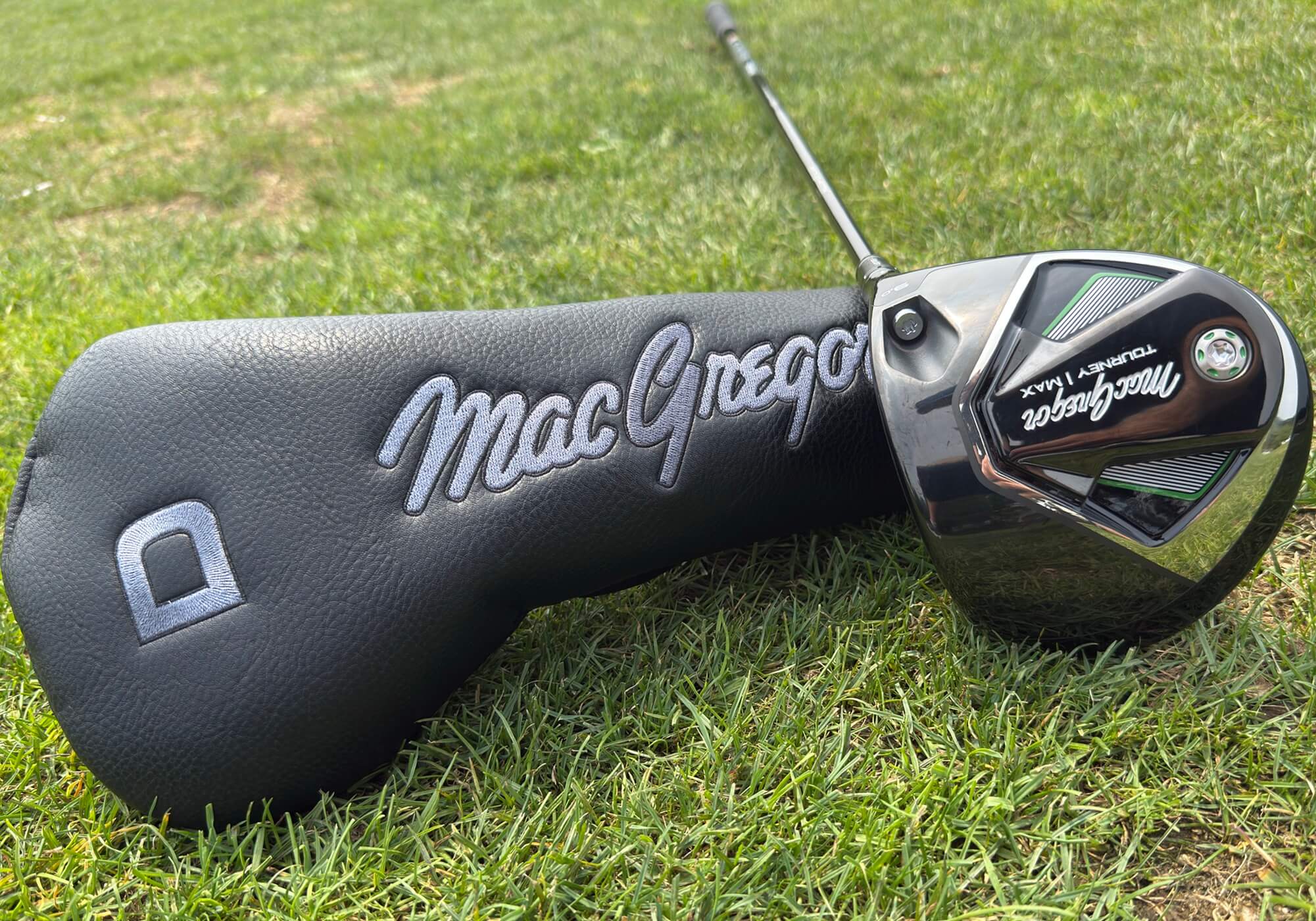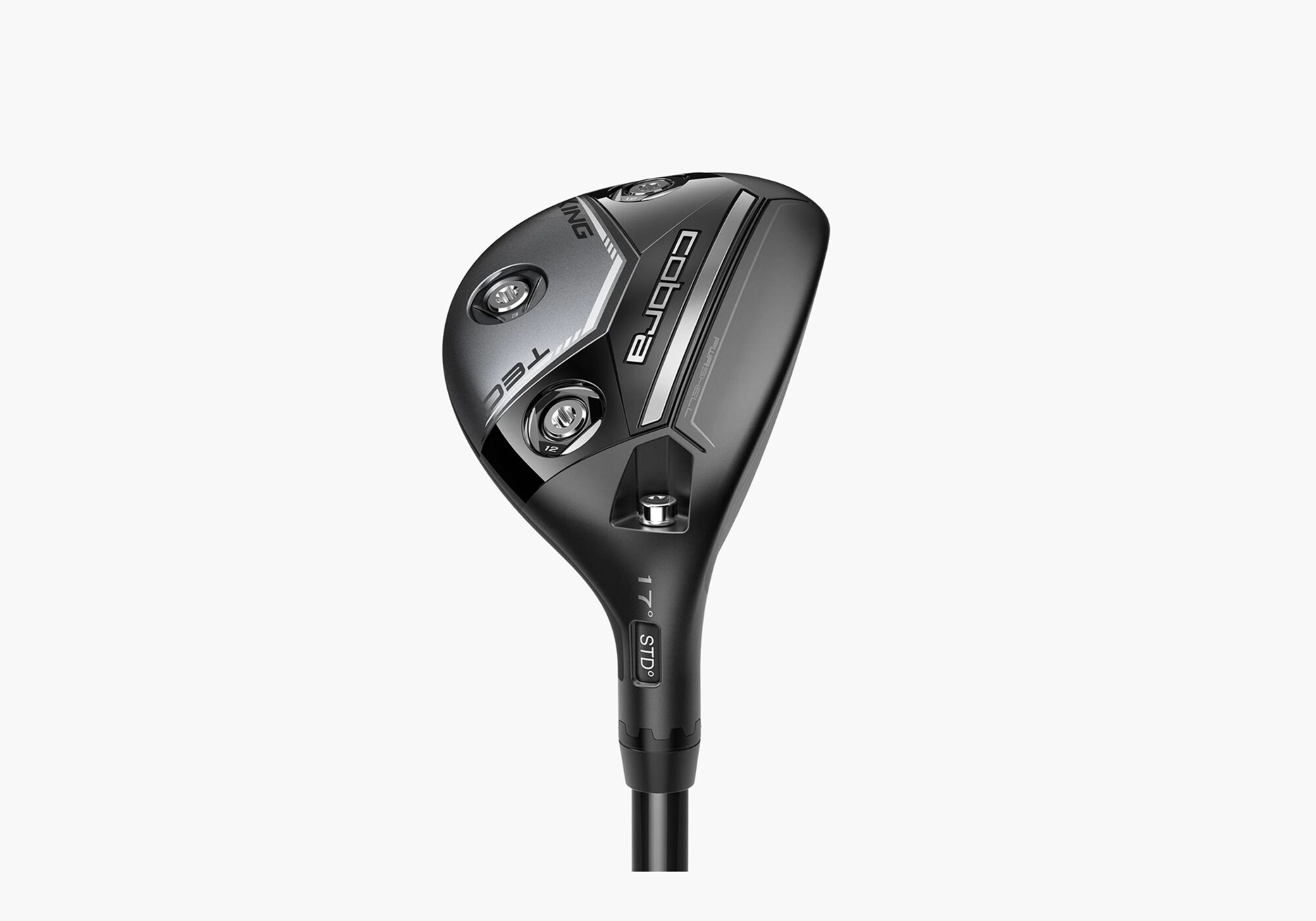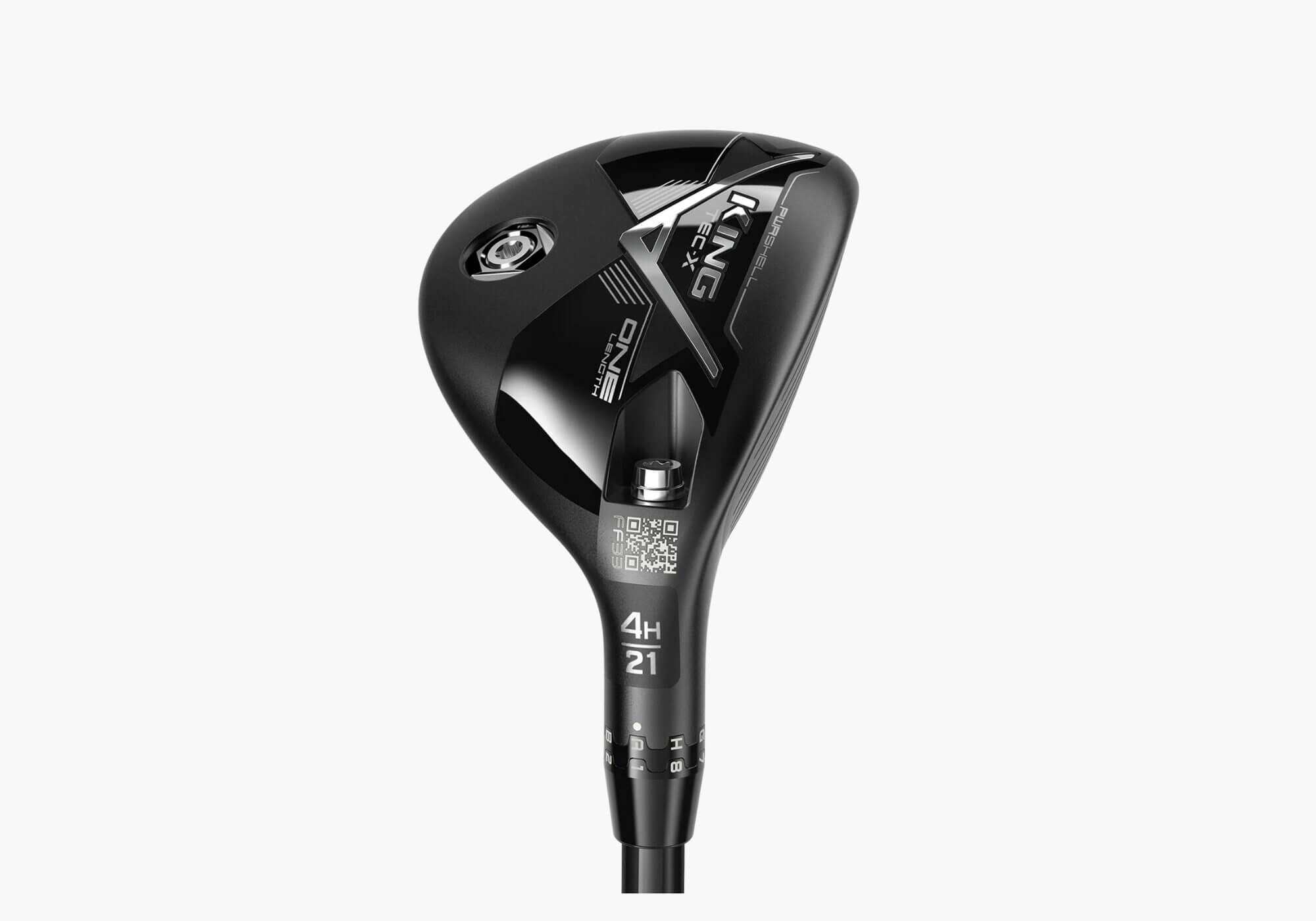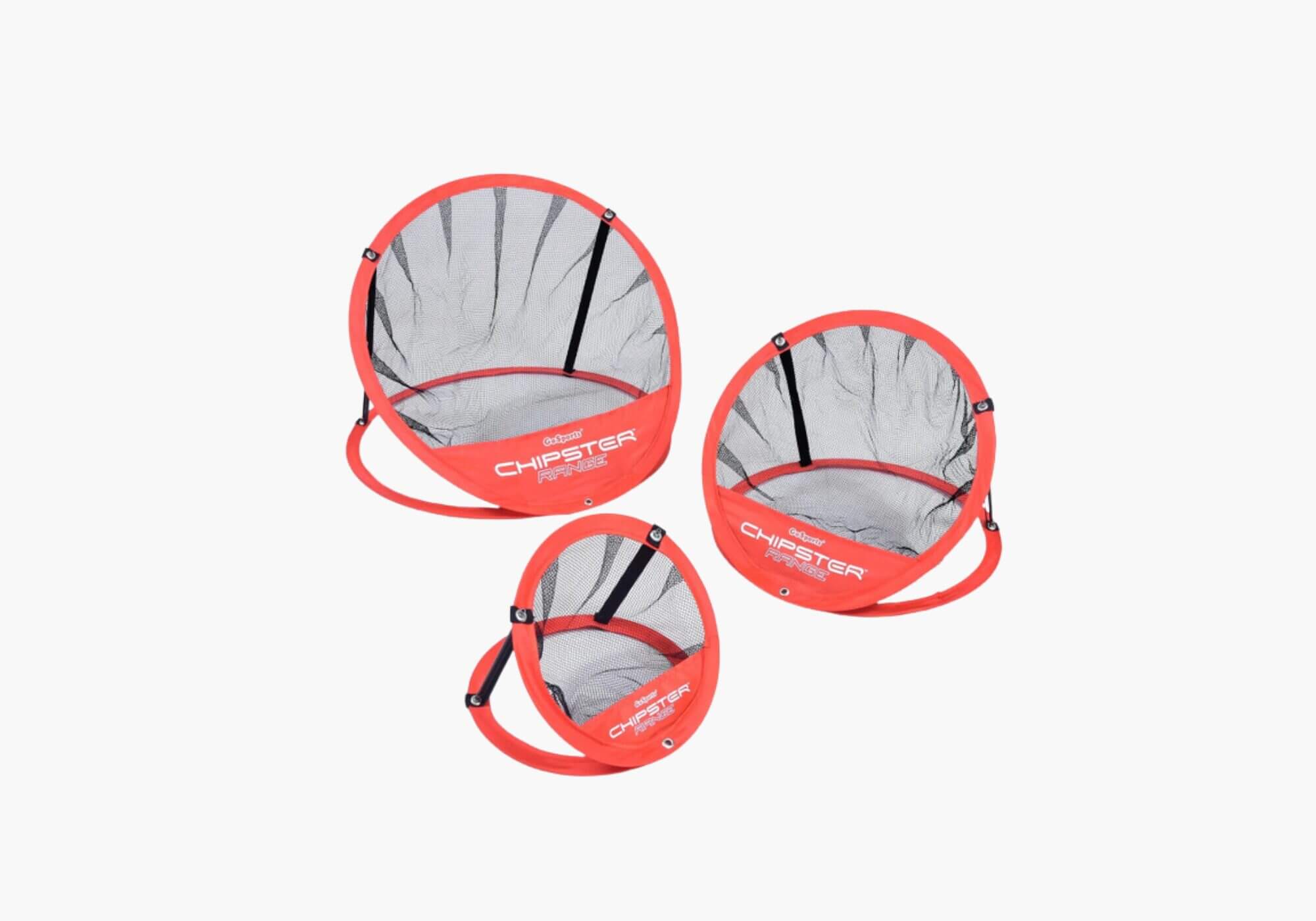Here’s something that might surprise you: the difference between a good golf ball and a great one isn’t always about the latest technology or whatever performance claims are printed on the box. It’s about consistency. And consistency—the thing that separates a ball that performs the same way shot after shot from one that leaves you guessing—boils down to manufacturing quality.
Most golfers can’t tell you why one ball flies straighter than another or why some models seem to perform differently from one dozen to the next. That’s not their fault. Identifying quality defects in golf balls is extremely difficult without specialized equipment. A ball that’s slightly out of round or has an inconsistent core might look identical to a perfectly manufactured one but the performance differences can be significant.
The reality is this: while there are plenty of good golf balls on the market today, there’s a substantial gap between the best-made balls and the worst. Understanding what separates them can help you make smarter equipment decisions and, more importantly, play more consistent golf.
So what determines whether a golf ball is made well or made poorly? It comes down to four key factors, each playing a critical role in the consistency and performance of the finished product.
1. The Factory: Ground zero for quality
If there’s one thing that matters more than anything else when it comes to golf ball quality, it’s where the ball is made. Not all factories are created equal—not even close.






